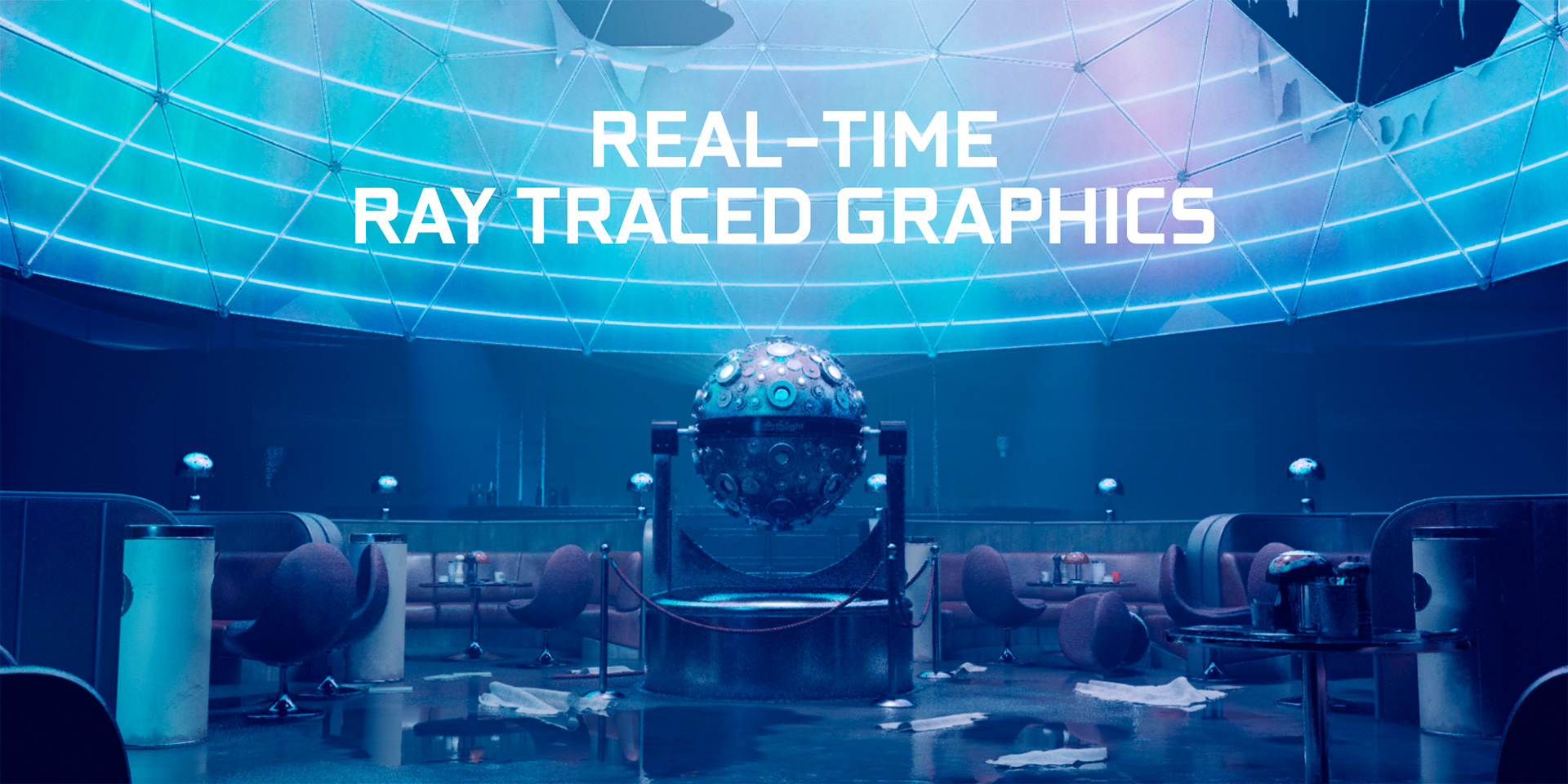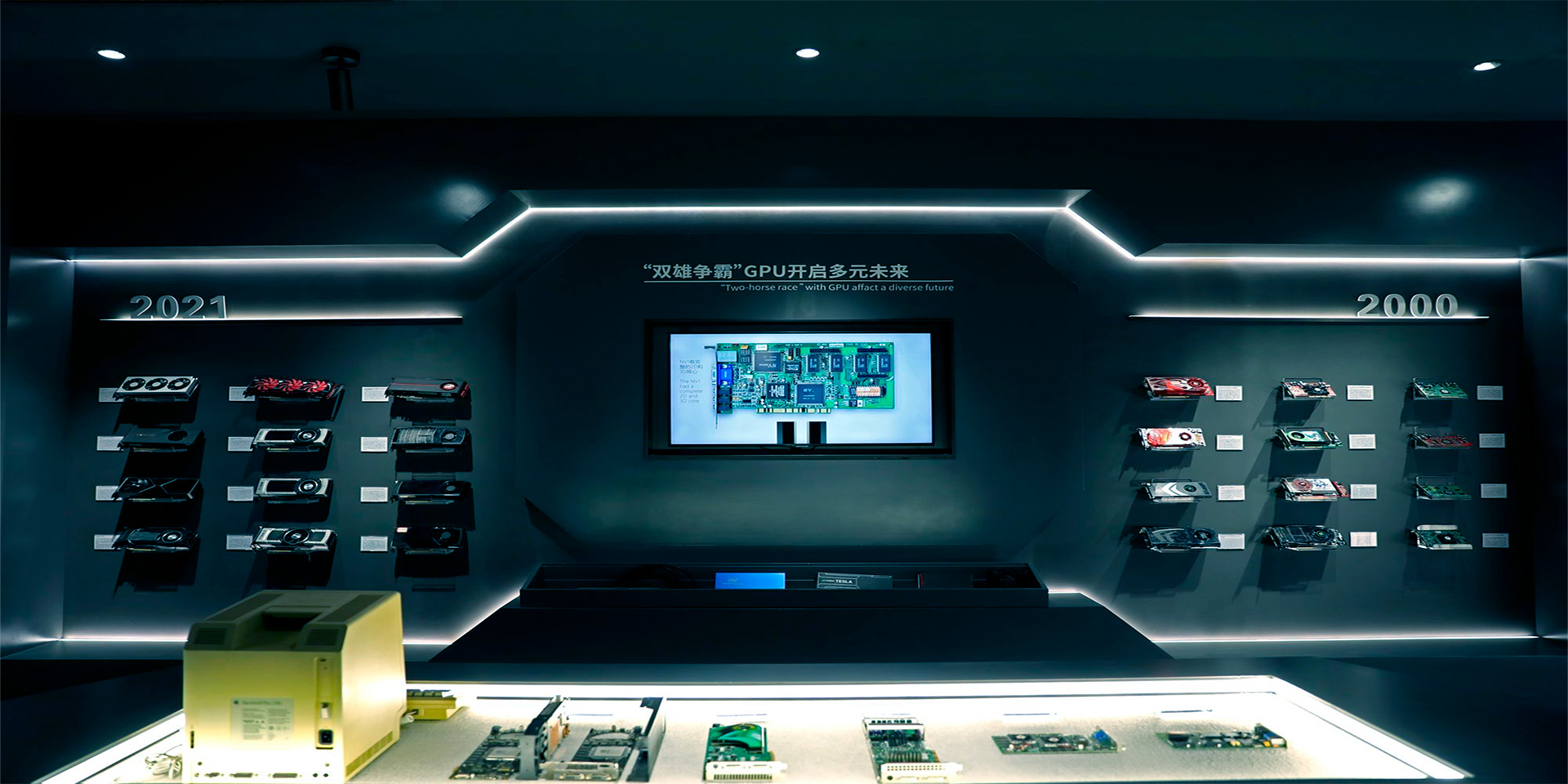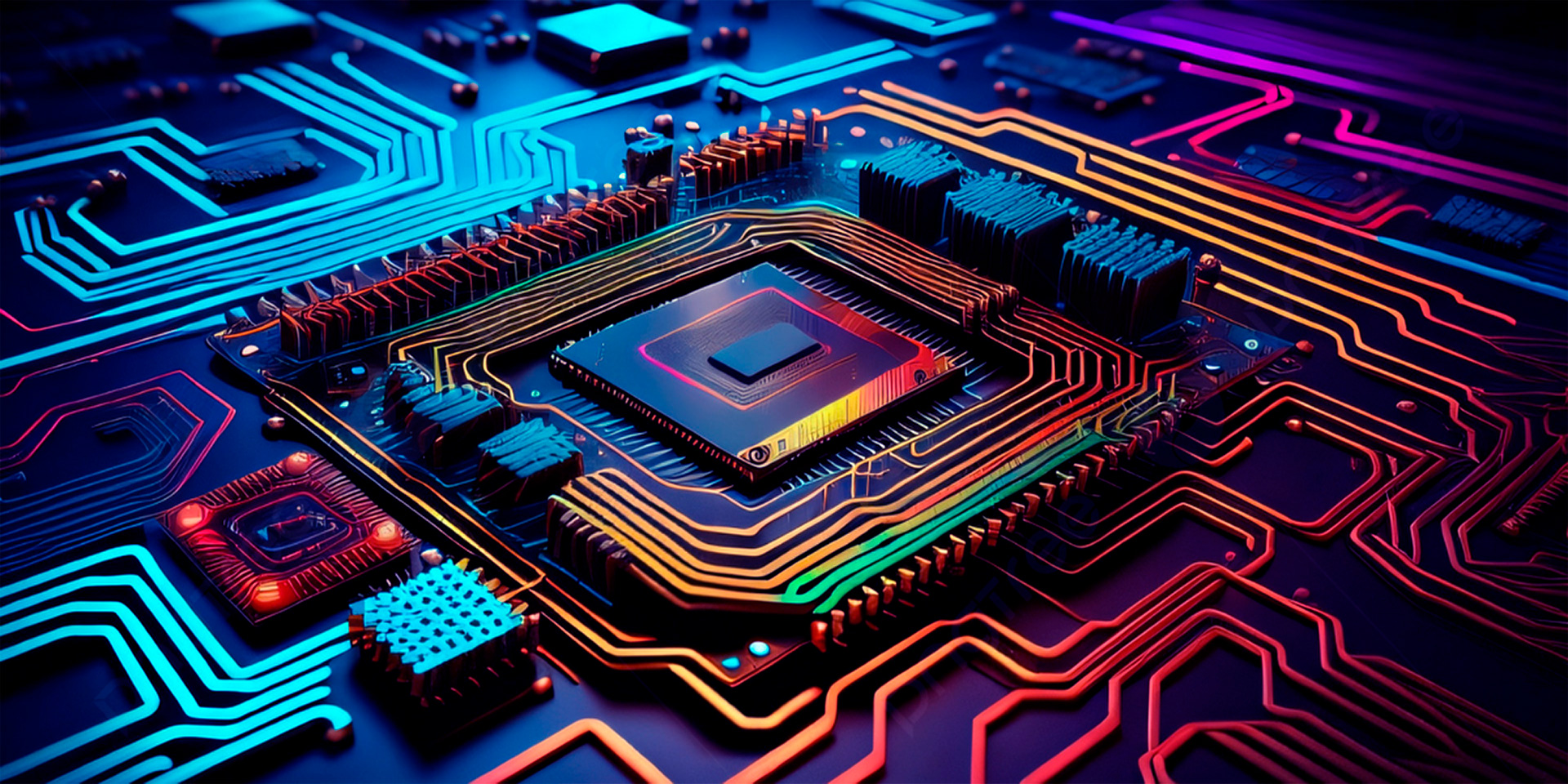Ray tracing technology has emerged as a groundbreaking advancement in graphics rendering, significantly enhancing visual experiences in video games, movies, and various digital applications. By simulating the way light interacts with objects, ray tracing creates incredibly realistic images and visual effects. This article delves into how ray tracing technology in video processors is revolutionizing graphics rendering and transforming visual experiences.
Understanding Ray Tracing Technology
Ray tracing is a rendering technique that simulates the behavior of light to produce highly realistic images. Unlike traditional rasterization, which approximates how light interacts with objects, ray tracing traces the path of light rays as they travel through a scene, creating lifelike reflections, refractions, and shadows.
How Ray Tracing Works
Ray tracing works by casting rays from the camera (or viewer’s eye) into the scene. These rays interact with objects, materials, and light sources, determining the color and intensity of each pixel. The interactions include:
Reflection
Rays bounce off reflective surfaces, creating realistic reflections of other objects in the scene.
Refraction
Rays bend as they pass through transparent materials like glass or water, producing accurate refractions.
Shadows
Rays are blocked by objects, creating sharp, realistic shadows based on the light source.
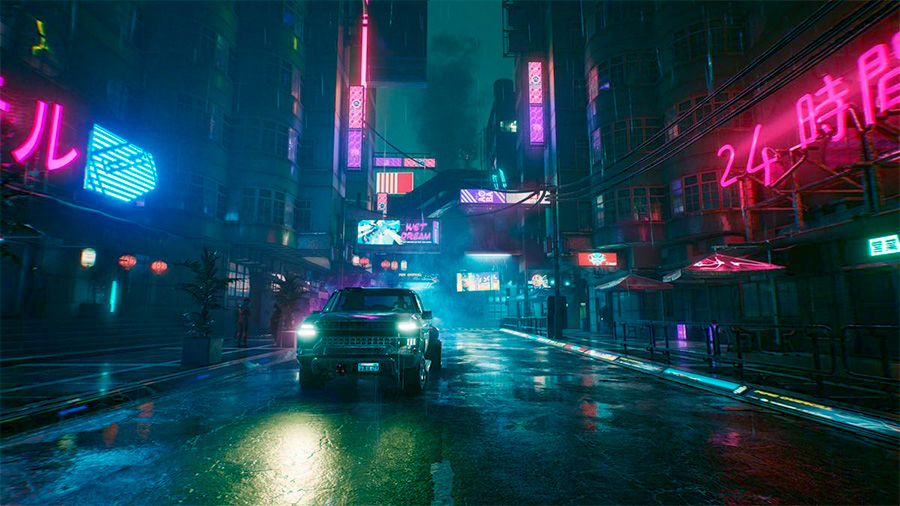
The Evolution of Ray Tracing in Graphics
While ray tracing has been used in computer graphics for decades, its high computational requirements made it impractical for real-time applications like video games. However, recent advancements in hardware and software have brought real-time ray tracing to the forefront.
Early Ray Tracing
In its early days, ray tracing was primarily used in CGI for movies and high-quality image rendering where rendering time was not a constraint.
Notable Examples include Pixar’s “Toy Story” (1995), which used ray tracing for some visual effects, and movies like “The Lord of the Rings” series, which utilized ray tracing for realistic rendering.
Advancements in Real-Time Ray Tracing
The introduction of real-time ray tracing revolutionized the gaming and graphics industry. This was made possible by advancements in GPU architecture and dedicated ray tracing cores.
Key Innovations include NVIDIA’s RTX Series (2018), which introduced real-time ray tracing in consumer GPUs, and AMD’s RDNA 2 Architecture (2020), which brought ray tracing capabilities to their graphics cards.
Impact of Ray Tracing on Visual Experiences
Ray tracing has significantly transformed visual experiences across various digital platforms. Its ability to produce stunningly realistic images and effects has set new standards for visual quality.
Enhanced Realism in Video Games
Ray tracing brings unprecedented realism to video games, with lifelike reflections, shadows, and lighting effects that immerse players in the game world.
Leading Titles include “Cyberpunk 2077,” which showcases stunning ray-traced reflections and global illumination, and “Minecraft with RTX,” which transforms the game’s visuals with realistic lighting and shadows.
Improved Visual Effects in Movies
Ray tracing enhances the quality of CGI in movies, enabling filmmakers to create visually stunning scenes with accurate lighting and reflections.
Iconic Films include “Avengers: Endgame,” where ray tracing contributed to the film’s highly realistic visual effects, and “Blade Runner 2049,” which used ray tracing for its atmospheric lighting and reflections.
Applications in Virtual and Augmented Reality
Ray tracing improves the visual fidelity of VR and AR applications, providing more realistic and immersive experiences.
Notable Applications include VR simulations for training and education that benefit from enhanced realism, and AR applications that use ray tracing for realistic light interactions in real-world environments.
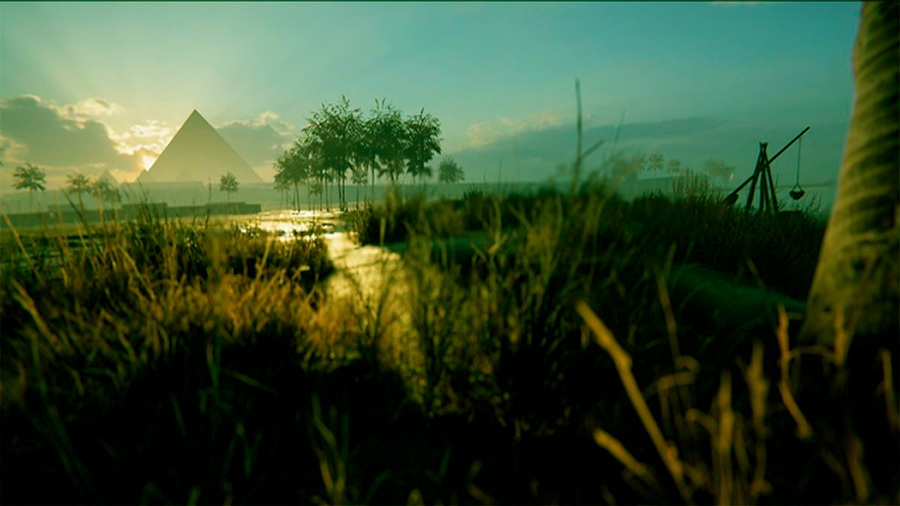
Challenges and Considerations
Despite its advantages, ray tracing also presents certain challenges, particularly regarding performance and computational demands.
Performance Overhead
Ray tracing is computationally intensive, requiring significant processing power. This can impact frame rates and overall performance, especially in real-time applications.
Hardware Requirements
Effective ray tracing requires modern GPUs with dedicated ray tracing cores. Users need to invest in high-end hardware to fully experience the benefits of ray tracing.
Balancing Quality and Performance
Achieving the right balance between visual quality and performance is crucial. Developers often need to optimize ray tracing effects to ensure smooth gameplay and responsiveness.
Future Trends in Ray Tracing
As technology advances, ray tracing will continue to evolve, offering even greater capabilities and applications.
Integration with AI
AI can enhance ray tracing by optimizing rendering processes and improving image quality. Techniques like AI-based denoising help produce cleaner images faster.
Emerging Technologies include NVIDIA’s DLSS (Deep Learning Super Sampling), which uses AI to upscale lower resolution images, enhancing performance while maintaining visual quality.
Broader Adoption in Various Industries
Ray tracing’s applications will expand beyond gaming and entertainment into industries like architecture, automotive design, and healthcare, where realistic visualizations are crucial.
Potential Uses include architectural visualizations that benefit from realistic lighting and reflections, and medical imaging where ray tracing can enhance the clarity and accuracy of visual data.
Advancements in Hardware and Software
Continued advancements in GPU technology and rendering software will make ray tracing more accessible and efficient, further driving its adoption.
Future Hardware Developments include GPUs with even more powerful ray tracing cores and optimizations for real-time performance, and software innovations that streamline the integration of ray tracing in various applications.
Conclusion
Ray tracing technology is revolutionizing graphics rendering, bringing unprecedented realism and visual fidelity to video games, movies, and digital applications. As hardware and software continue to evolve, the impact of ray tracing will only grow, transforming visual experiences across various industries. Understanding the evolution and potential of ray tracing allows users and developers to fully leverage this powerful technology, setting new standards for visual quality and realism.


